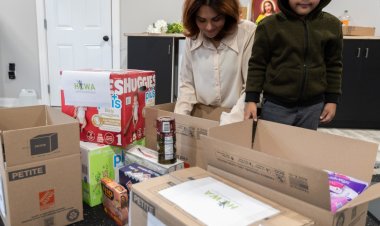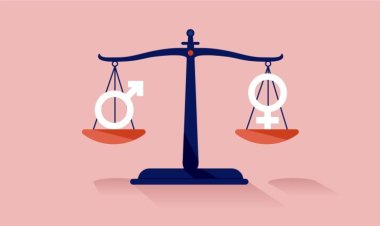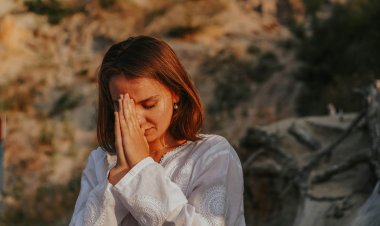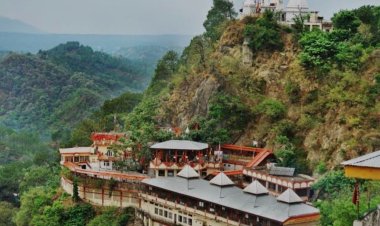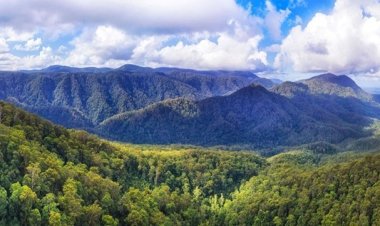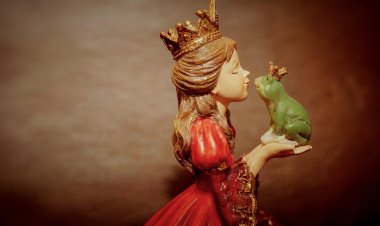Breaking the Silence: Protecting Our Children from Abuse
I once met a little girl whose pain told a story of unspeakable abuse. Child molestation is a crisis we can no longer ignore. Learn the signs, take action, and be the voice that protects our children. Silence is not an option—change starts with us.

I still remember the day I met her. A little girl, no more than ten, sitting in a corner of the shelter, clutching a tattered teddy bear. Her eyes held a pain far beyond her years.
"She doesn’t speak much," the counselor whispered. "She’s been through more than a child ever should."
That moment shattered something inside me. How could we, as a society, let this happen?
Why Is This Happening?
Child molestation and abuse are not just “bad news stories” that we scroll past. They are real, horrifying realitieshappening in homes, schools, and communities—places where children should feel safest.
But why?
- Silence and stigma: Many victims are too scared to speak out.
- Lack of awareness: Parents and guardians often miss the signs.
- Power imbalance: Abusers are often people the child knows and trusts.
- Gaps in protection: Weak policies, underreporting, and insufficient legal action allow predators to go unpunished.
The Scale of the Crisis
According to UNICEF, millions of children worldwide experience abuse every year. Many cases never see the light of day.
I have heard stories of survivors that would break even the hardest hearts. Some were betrayed by family members, some by teachers, and some by so-called "friends of the family." The one common thread? The world failed to protect them.
The Deep Wounds of Abuse
The scars of molestation and abuse run deep—long after bruises fade.
❌ Emotional damage: Anxiety, depression, and PTSD haunt survivors for life.
❌ Broken trust: Many struggle with relationships, never feeling truly safe.
❌ Lost childhoods: The joy, innocence, and security they deserved are stolen forever.
And yet, this cycle continues.
What Can We Do?
The good news? We are not powerless. Each one of us can be the voice, the protector, and the change.
✅ Educate and Empower
- Teach children about body safety, boundaries, and consent.
- Encourage open conversations so they feel safe speaking up.
✅ Recognize the Signs
- Fear of a certain person or place
- Sudden withdrawal, aggression, or depression
- Knowledge of sexual topics beyond their age
- Physical signs like bruises, difficulty walking/sitting
✅ Break the Silence
- Listen. Believe. Support. Never dismiss a child’s concerns.
- Report suspicions—even if you’re unsure. It’s better to be wrong than to stay silent.
✅ Demand Stronger Laws
- Push for stricter punishments for offenders.
- Advocate for better victim support and rehabilitation services.
I refuse to believe that we are helpless. We can create a world where children feel safe, loved, and protected. A world where survivors don’t just survive—but thrive.
And so, I ask you: What will you do today to protect a child? Because silence is not an option. Action is.
Jyothi Lekshmi, IT Program Manager, Mrs India 2025 Finalist, aspiring lifestyle blogger/writer,Canada NB








